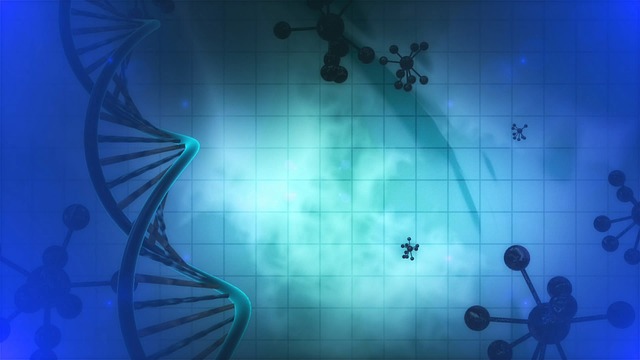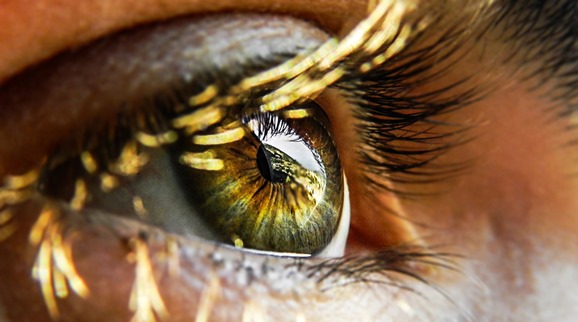Cellular therapy and stem cells have been widely recognized in transforming the scope of medical research, especially when looking into disorders involving vision. Stem cell and cell therapy involves transplanting living, human cells to repair damaged tissue. Specifically, cellular therapy of the cornea and alternative treatments for diseases involving the cornea have been gaining interest. Many human clinical studies have shown that adipose (fat)-derived human stem cells are showing improvement in being able to produce collagen in the cornea when injected into the stroma of the cornea. The stroma is where dense collagen fibers reside, and when injected with these stem cells are able to increase thickness of the cornea to preserve it and improve vision. These studies have shown potential advantages in therapy for treatment of corneal disorders such as keratoconus (KC).
In advanced cases of KC, corneal transplants are often required. Often times the grafts from donor corneas later present difficulties. A proposed alternative to transplants is tissue engineering of the cornea, which avoids the need of a donor cornea by replacing diseased tissue using human stem cells. Adipose derived adult stem cells or ADASc are one type of stem cell that have been proposed for this cell therapy of the cornea. A recent research study moved into phase 1 clinical trial of the ADASc in patients with advanced KC to study a one year outcome and verify the hypothesis that this cell therapy can increase the thickness of the cornea. A laser was used in order to create a pocket within the stroma and these stem cells were injected into the pocket. Any incisions of the cornea were not needed in the process, but anesthesia and antibiotic steroids were applied at the end of the procedure.
Researchers found that this procedure produced zero complications. Additionally, no scarring or worsening of the cornea was observed. The irregular shape and thickness of the cornea was demonstrated to have improved after a year, and there was no negative human responses form the stem cells. This study opens up a new area of corneal research, cellular therapy may be another treatment option for those with KC. While further research will have to be conducted, this study is very promising.





